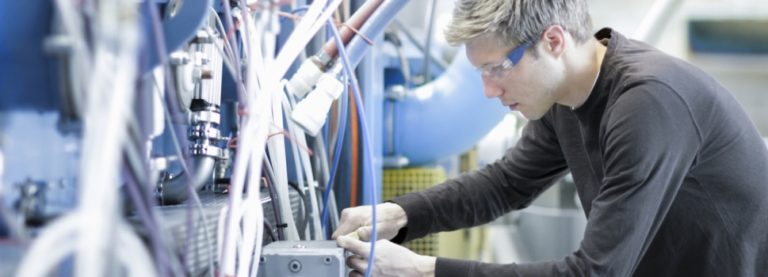
By James Larson, vice president and center manager, Xerox Research Center Webster

At Xerox researchers with decades of imaging expertise are applying their skills to improve transportation. This may not sound like a big deal until you think about it in the context of how Bill Keller of the New York Times started his March 4th column:
“If you live in New York, commute to New York, or occasionally visit what Russell Shorto called the island at the center of the world, you have experienced the indignity of our city’s transportation hell.”
Government officials around the world are concerned about not only the current day “transportation hell” as Keller describes but additional evils that lurk in the future. Think about where these numbers are headed:
- In 2010, congestion caused urban Americans to travel 4.8 billion hours more and to purchase an extra 1.9 billion gallons of fuel for a congestion cost of $101 billion.
- A new study estimates public health costs of traffic congestion in the U.S. at 2,200 premature deaths and $17.8 Billion. In the US, annually
- 6,000,000+ auto accidents
- 2.9 million people injured
- 40,000+ people killed
Video – which some futurists have dubbed the “Wild West of Technology” – is a powerful tool that can help governments address some of these problems.
In Webster, NY where I work, researchers are exploring a range of video technologies– including how information captured by video cameras can be more easily processed. In an “Amber Alert” situation, for example, the ability to rapidly scroll through videos to search for suspect cars would be a big help to law enforcement. A few more ideas where advances in video imaging can help:
- Improve speed detection, which would make traffic law enforcement more efficient and uniform
- More effectively manage High Occupancy Lanes and tolling
- Detecting safety violations such as lighting up a cigarette while filling up a car with gasoline at a gas station
The possibilities are endless, particularly when you consider Cisco’s prediction that by this year more than 90 percent of the content on the Web will be video content. As Keller points out in his article, this is “exactly the right time to think ambitious thoughts” about transportation. We couldn’t agree more. When it comes to thinking ambitious thoughts, connecting ideas with everyday challenges and solving problems that make a real difference…we’re on it.


